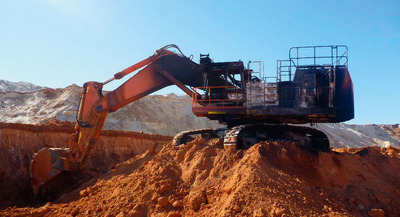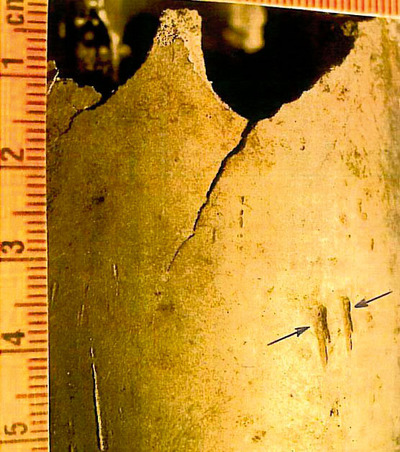Mine maintenance practices to prevent accidents
NSW Trade & Investment recently issued a safety alert after a major plant fire broke out at an above ground mine. Rob Regan, Director of the Department’s Mine Safety Operations Branch, has asked that the alert and knowledge of its contents is distributed to all relevant parties in mining companies. It should also be placed on the mine’s noticeboard.
Incident
An excavator operating at an above ground mine was removing overburden from the ore body when a nearby dump truck driver observed flames in the excavator engine bay and alerted the operator by radio. The fire erupted and momentarily engulfed the excavator cabin, before retreating to the engine bay where it remained well alight.
The operator evacuated the excavator by jumping 3.5 m to the ground and was not injured. Attempts to control the fire with handheld extinguishers were unsuccessful and the excavator was destroyed.

Circumstances
The excavator operator was competent on this type of machine. He had completed mine excavator training and assessment three months prior to the incident and held over 2000 hours’ operating experience. The excavator had recently been overhauled and fitted with a new engine. It appeared to be well maintained and in good operational order.
The excavator was not fitted with an automatic fire suppression system. It was equipped with two 9 kg fire extinguishers, one located on the side of the engine bay and one located at the front of the excavator on the opposite side to the cabin. Neither fire extinguisher could be accessed to fight the fire.
Investigation
A detailed inspection of the excavator was conducted by a consulting forensic fire investigator, who concluded that “the fire originated from a cracked aluminium alloy hydraulic oil filter housing that allowed an escape of oil that ignited on contact with hot engine components”.
The oil filter housing was designed to be installed with a socket or ring spanner applied to a cast nut at the bottom of the housing.

Numerous sharp tool marks on the oil filter housing recovered from the excavator after the fire suggested the housing was installed with a stillson wrench or other similar tool and most likely over tightened. The investigator concluded that “cracking of the housing originated at the tool marks”.

The investigator also noted that “an effective automatic fire suppression system would almost certainly have contained the fire at an early stage”, and recommended that “automatic fire suppression systems be fitted to all heavy mobile equipment at mines”.
Recommendations
Maintenance
- Maintenance activities should always be undertaken in accordance with the manufacturer’s recommendations.
- Maintenance people should be competent for the task they carry out and should always use the correct tool for the job. Maintainers should not improvise by using inappropriate tools.
- Equipment components should be carefully inspected before being installed; damaged or worn components should always be replaced.
Fire control systems
- Mine operators should undertake a rigorous fire risk assessment to determine the appropriate fire risk controls, fire protection systems and means for emergency escape.
- Fire risk assessments and fire protection systems on mobile plant should be carried out and installed with consideration to AS 5062 and MDG 15. Automatic fire suppression systems are strongly recommended for all mobile plant at mines, particularly heavy equipment that may carry large fuel and oil loads, and where access and egress may be difficult.
- Fire extinguishers of a suitable type and capacity should be installed on all mobile plant at a location that is least likely to catch fire and that is readily accessible to the operator and to a person at ground level.
Rock lobster processor and exporter finds driver safety partner
A transport technology solutions provider has announced a new contract to enhance safety with...
Level crossing AI safety solution has merit
Among the merit recipients in the 2025 VIC iAwards was an edge AI solution designed to enhance...
Laser bird deterrent boosts tram depot safety
A Melbourne tram depot has reduced bird roosting by 90%, boosting safety through a fully...








